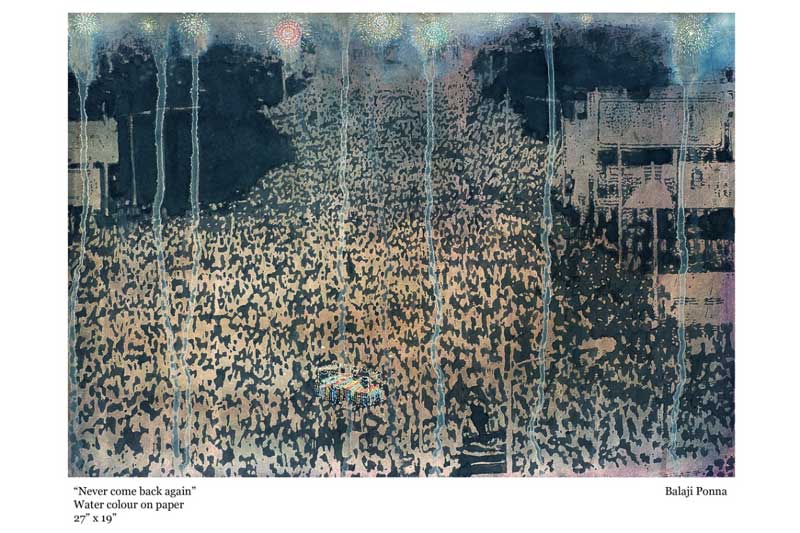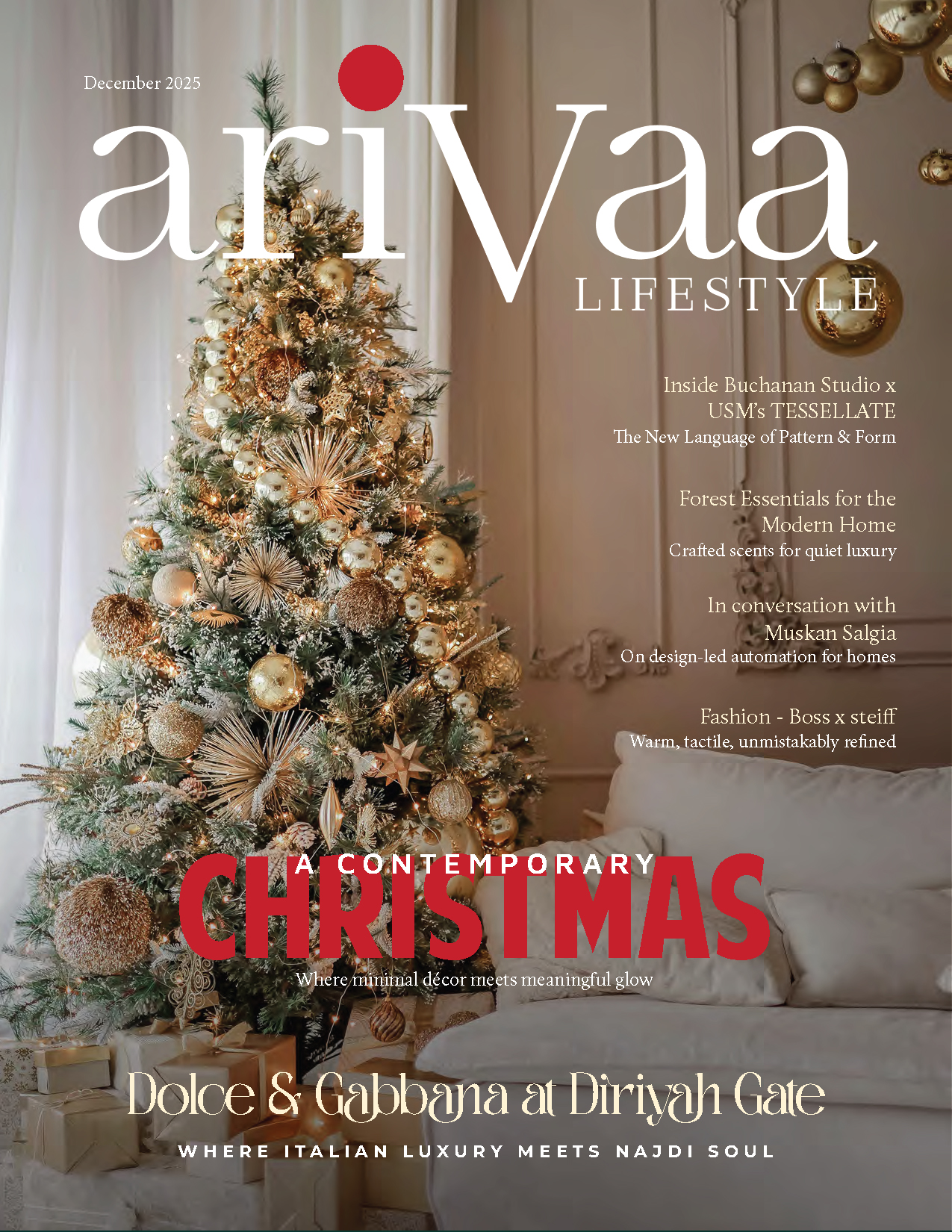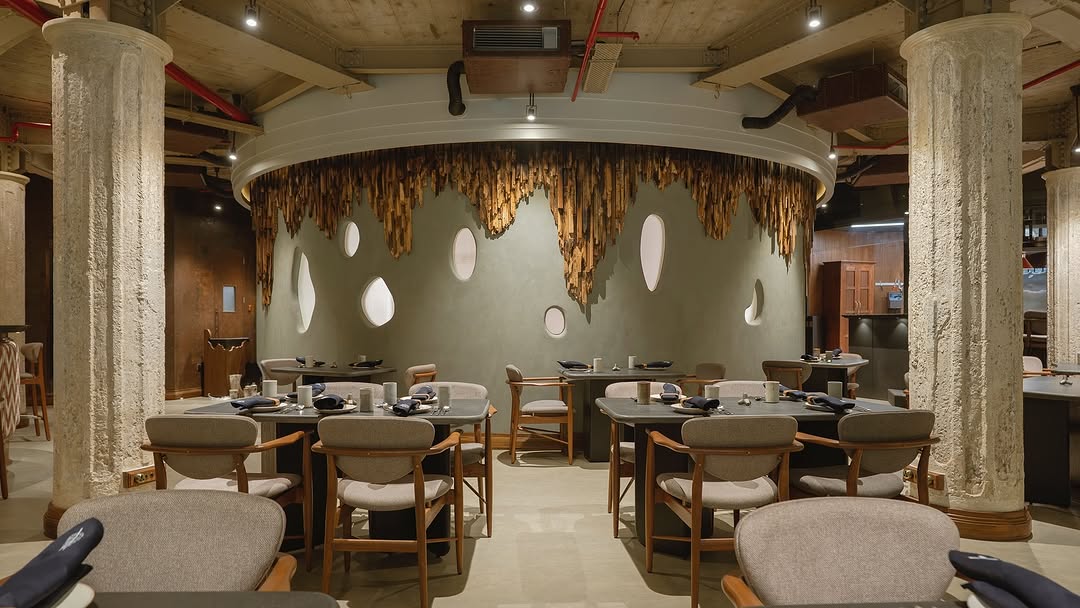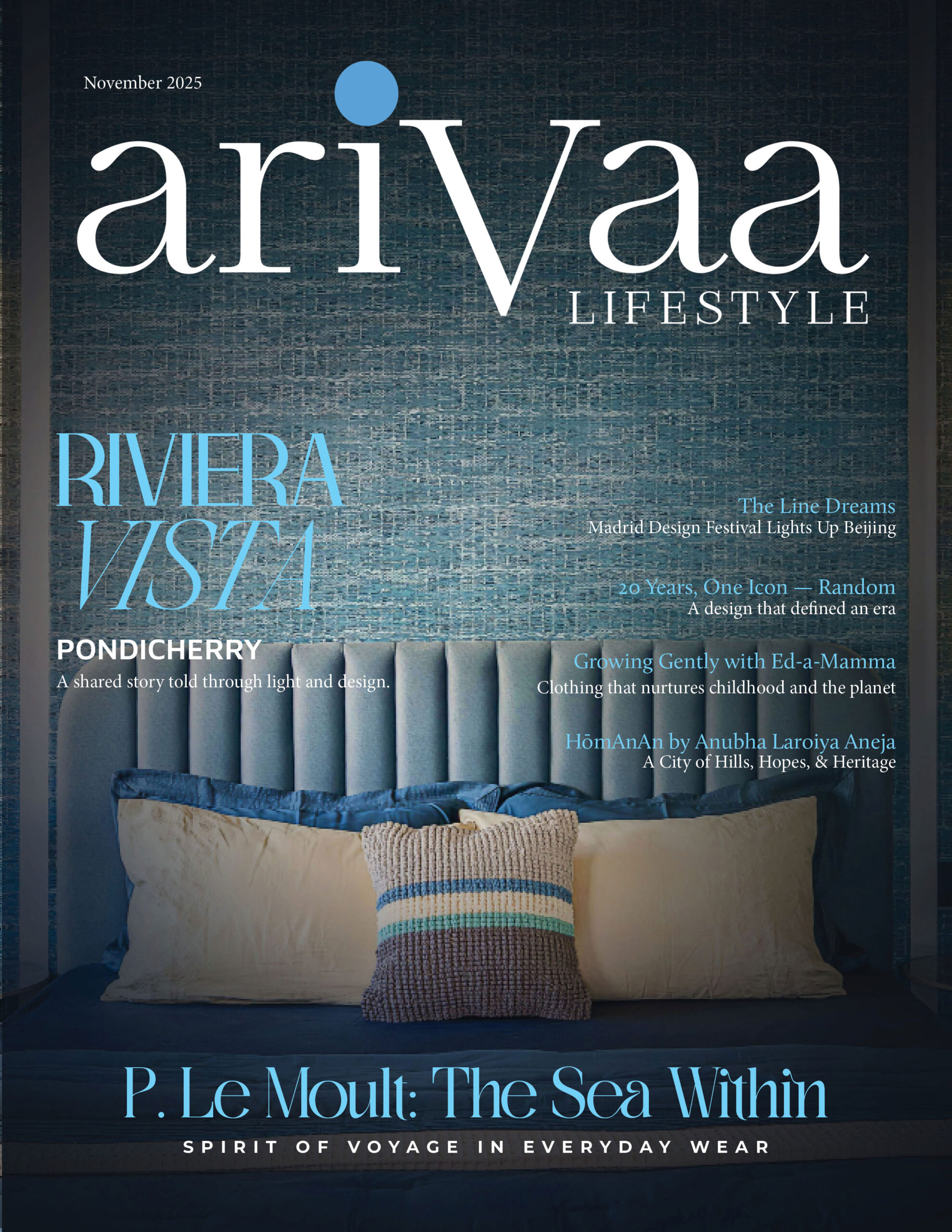Director and art connoisseur Monica Jain of Art Centrix Space, opens the art season with a set of 12 works on paper by the baroda-based artist Balaji Ponnaji who creates works that make us pause and ask questions. As an artist, Ponna responds to socio-political and cultural realities of the times we live in and he engages with the realities of what he sees and experiences around him.
The street, the landscape, and the expression of every day realities all become a part of his canvas of thought as he builds in deeper layers of the existence of society.

Political subtexts and mainstream politics converge in his works; he is skilled in the art of charming accommodation. Ponna’s works comprise a crucial relation between the painted text phrases and the images. This text, composed in two phrases, frames the meanings and the subtext of the visual images. The brevity and simplicity of the imagery are key in this regard.
Balaji’s works comprise a crucial relation between the painted text-phrases and the images. This text, composed in two phrases, frames the meanings and the subtext of the visual images.
“When I see the works of Balaji Ponna, I marvel at his maturity- he can express deep thought with such clarity. It is as if his methodical mind and creative brain, the left and the right are truly in sync; they communicate unusually effectively, complementing each other in such a way that the final expression is…well, truly complete. Where historically, science and art, logic and creativity have often been separated, Ponna’s depth of vision and lucidity of thought is refreshing” says Monica Jain, Director of Art Centrix Space.

“Philosophy then becomes the bedrock on which his works evolve; knowing that his quietude is fashioned by India’s great thinkers J.Krishnamurti. and Ramana Maharshi, Srirangam Srinivas( Sri Sri) and chalam from Telugu writers,” says Uma Nair – Curator of the show.
“This series of works follow my continuing engagement with what may be called ‘human-scapes’. It is also the outcome of my concerns and comments about existing society. It is in many ways the mirror of our dystopian times. When hatred and treachery become a norm, the hope for a better life fades into oblivion,” says Ponna.
Blending realism and surrealism
What is visible in Ponnaji’s work is a strong narrative approach along a quasi-surreal plane with imagery formulating a language that seeks to create a satirical yet sensitive commentary on the lifestyles dogmas and discourses we are faced with in everyday living. Tranquility and tension both combine in the canvas Branches for Birds…Sculptures for streets. The sculptures in the painting are a symbolic representation of objects with a strong narrative; the mention of the birds is a lamentation as well as a satirical comment on urban history.

” What I put across and suggest for all us is to pick up those simple commonsensical markers which can lead us somewhere better,” Ponna explains. “Like the shadow that follows even an optically impaired person however oblivious he is of that fact, the effects of our inhuman and unconcerned deeds would follow us everywhere to remind us of our impending doom.”
A voracious reader, his work stems from two classical German philosophers Arthur Schopaneur and Friedrich Wilhelm Nietzsche. The far reaches of their writing that embrace truth, morality, language, aesthetics, cultural theory, history, nihilism, power, consciousness, and the meaning of existence become milestones in the evolution of Ponna’s intellectual history.
ALSO READ: A River Runs Through You
“Composed of a moderate number of 12 lush, richly compressed landscapes sometimes dotted with objects/humans it is the elements, the individual vignettes that are a pleasure to behold and parse, handing off one by one as viewers work their way down the lines of thought and intensity. In addition to insightfully unpacking the means and ends of the artist’s psychology, such an amenity allows the reverberating resonance to seep into the emotional fabric of one’s subjectivity. Secular self-invention and ingenuity both become Ponna’s insignia” says the art curator Uma Nair.










